Diluted sea water improves tomato flavor?
13 years ago
Featured Answer
Sort by:Oldest
Comments (28)
- 13 years ago
Related Professionals
Wrentham Landscape Architects & Landscape Designers · Roosevelt Landscape Architects & Landscape Designers · Blue Springs Landscape Contractors · Munster Landscape Contractors · Parker Landscape Contractors · Quincy Landscape Contractors · Tuscaloosa Landscape Contractors · Westchester Landscape Contractors · Bremerton General Contractors · Jericho General Contractors · Alexandria Decks, Patios & Outdoor Enclosures · Del Aire Decks, Patios & Outdoor Enclosures · Riverside Decks, Patios & Outdoor Enclosures · San Antonio Decks, Patios & Outdoor Enclosures · Somerville Decks, Patios & Outdoor Enclosures- 13 years ago
- 13 years ago
- 13 years ago
- 13 years ago
- 13 years ago
- 13 years ago
- 13 years ago
- 13 years ago
- 13 years ago
- 13 years ago
- 13 years ago
- 13 years ago
- 13 years ago
- 13 years ago
- 7 years ago
- 7 years ago
- 7 years ago
- 7 years ago
- 7 years ago
- 7 years ago
- 7 years ago
- 7 years ago
- 7 years ago
- 7 years ago
- 7 years agolast modified: 7 years ago
- 4 years agolast modified: 4 years ago
Related Stories

EDIBLE GARDENSSummer Crops: How to Grow Tomatoes
Plant tomato seedlings in spring for one of the best tastes of summer, fresh from your backyard
Full Story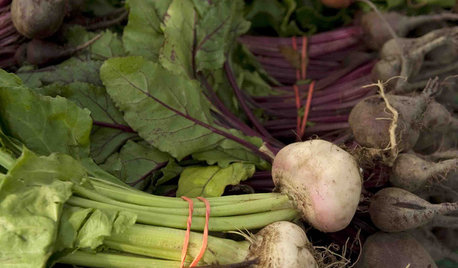
FARM YOUR YARDCool-Season Vegetables: How to Grow Beets
Give canned versions of this fall and spring garden favorite the heave-ho and discover its true flavor and colors
Full Story
LANDSCAPE DESIGN15 Great Ideas for a Lawn-Free Yard
End the turf war for good with hardscaping, native grasses and ground covers that save water and are easier to maintain
Full Story
GREEN BUILDINGHow to Harvest Rainwater for Your Garden
Conserve a vital resource and save money by collecting stormwater for irrigation in a barrel or tank
Full Story
SAVING WATERHouzz Call: Are You Letting Go of Your Lawn?
Many facing a drought are swapping turf for less thirsty plantings. If you’re one of them, we’d like to hear about it
Full Story
KITCHEN MAKEOVERSKitchen of the Week: Rich Materials, Better Flow and a Garden View
Adding an island and bumping out a bay window improve this kitchen’s layout and outdoor connection
Full Story
SHOP HOUZZHouzz Products: Summer Color for the Patio
Set a sunny, happy outdoor scene with accessories and furniture in sea blue and sunset orange
Full Story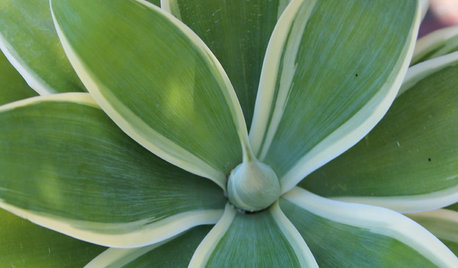
CALIFORNIA GARDENINGCalifornia Gardener's April Checklist
Outsmart droughts with water-savvy plants and sustainable approaches that suit the landscape
Full Story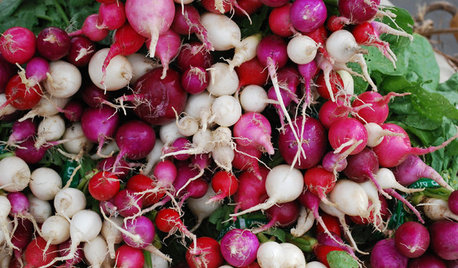
COOL-SEASON CROPSCool-Season Vegetables: How to Grow Radishes
Fast growing and bright, these easy-care veggies are great for kids and bring plentiful color to a fall or spring garden
Full Story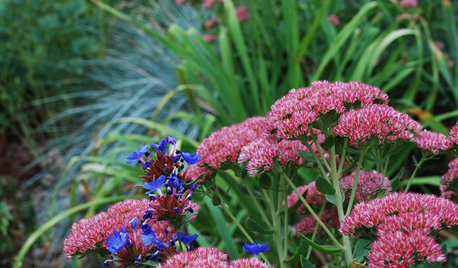
GARDENING GUIDESFall Is Calling: What to Do in Your October Garden
Get a jump on winter prep or just sit back and watch the leaves fall. The beauty of an autumn garden is in all the choices you have
Full Story







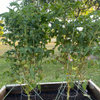
farkee